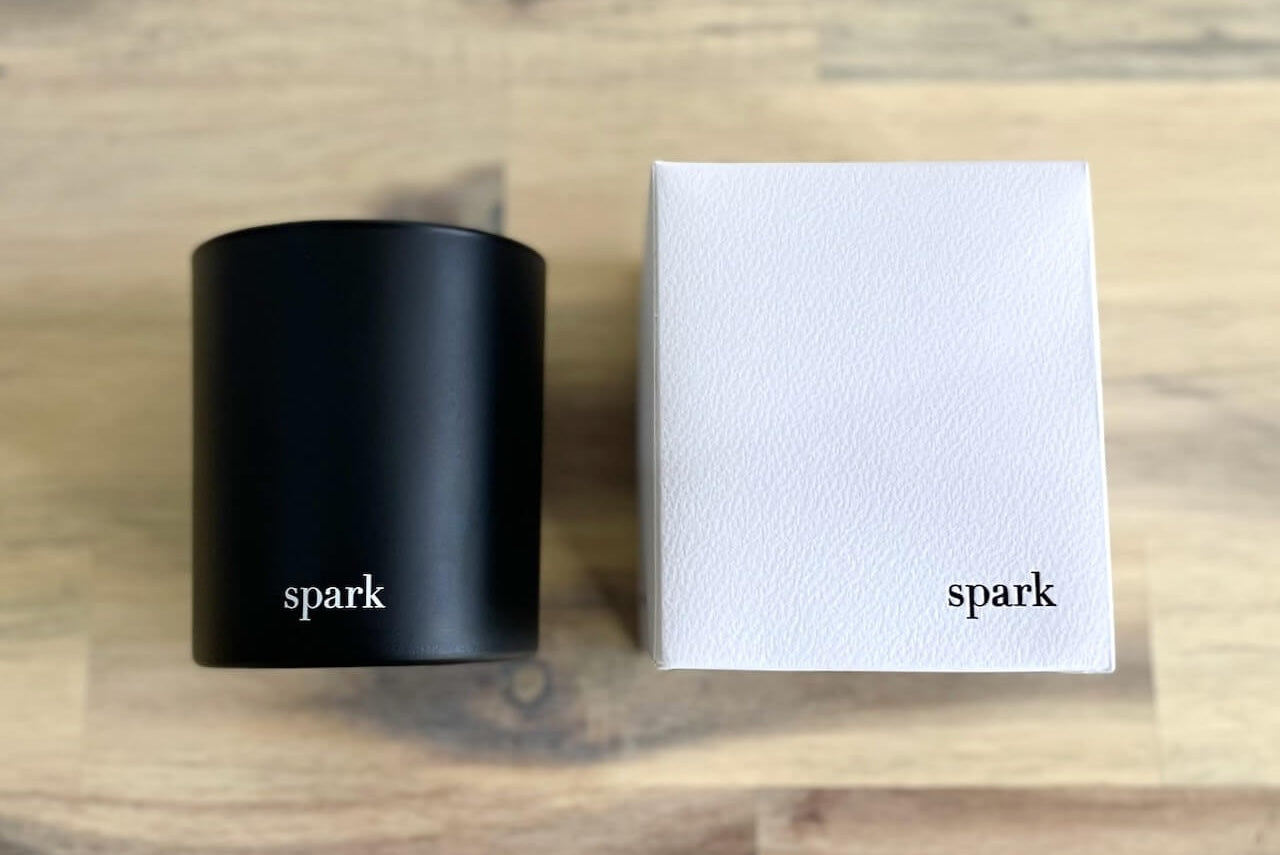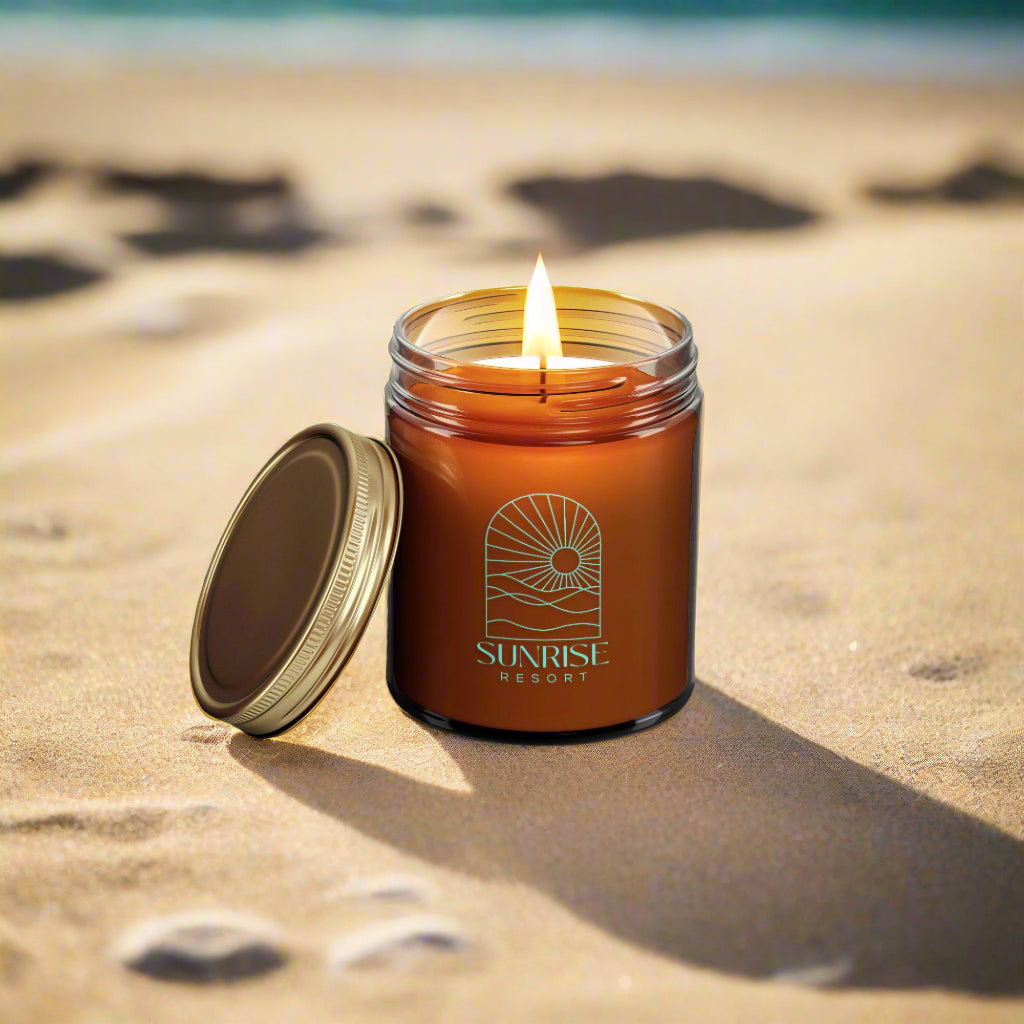
Have you ever tried finding the ingredients of your favourite perfume, body wash, household cleaner or candle products? More often than not, you’ll find something generic like “eau de toilette” or “fragrance” instead of a long list that comprises the scents you love. That’s because most fragrance and scent combinations are considered trade secrets, and companies want to keep a lid on all of their best concoctions, with years of expensive research and development.
But if you don’t know what ingredients are in your products, can you still choose products that are more “natural” or environmentally friendly?
Here’s some answers.
1. What’s the Difference Between Synthetic and Natural?

Natural isolates are fragrances that were produced using all-natural byproducts only, like organic matter, such as plants, etc. Fully synthetic fragrances are derived from chemicals, and petroleum byproducts. The majority of scents fall somewhere in the middle; these semi-synthetic fragrances are usually artificially modified, and contain products that are both synthetic and naturally derived.
But just because something is natural, doesn’t mean it’s better for your health. Not all synthetic products are bad for you, and some are more sustainable with less of an impact on the environment. If a certain natural oil has to first be grown, harvested, then processed and distributed, it can take a lot of resources to produce the final product. It often depends on how they are sourced, and what practices are used during manufacturing. Sometimes producers will blend natural ingredients with synthetic compounds, so it’s always a good idea to thoroughly read the packaging and ingredients list.
In candles, for example, petroleum-based wax blends such as paraffins are not considered to be natural, because they are derived from non-renewables. In contrast, vegetable-based waxes, such as pure soy and pure coconut, are considered natural. Several studies have concluded that pure vegetable-based waxes are safer, as they do not emit toxins, excess soot, pollutants, or reduce the quality of the air when burned. Sometimes, certain synthetic fragrances are safer to burn than others that are naturally derived because of their individual composition. So how do you know?
2. Phthalates and Other Buzzwords

Phthalates are a collection of chemicals that are utilized in thousands of products, such as food packaging, personal care products, detergents, and yes, fragrances. In fragrances, they are sometimes used as a fixative, like diethylphthalate.
According to the FDA, companies are required to disclose on their labels whether phthalates are used in certain products, like cosmetics. Exposure to phthalates increases their prevalence in your body, but there is still some debate over whether this leads to health concerns.
Other things to try and avoid are artificial dyes and parabens, which are synthetic preservatives. Lots of companies are proud to announce when they don’t use these ingredients, so take a good look at the packaging for any product highlights or features.
3. What About Animal Testing?

Sometimes natural fragrances are derived from non-plant sources, like animals! Scents such as castoreum, ambergris and musk are all derived from animals like beavers and deers. Fortunately, synthetic compounds exist that smell the same, but are cruelty and animal-free. What's more, you can also ensure that these products are still safe to use in your household by reading the packaging.
Brands that advertise as cruelty-free or vegan are best for those who prefer products that are not made with animal byproducts or tested on animals.
4. How are Natural Fragrances Made?

Natural fragrances, such as essential oils, are derived from essences extracted from organic matter, such as plants, trees, fruits and vegetables. Many assume that all essential oils are “all-natural” but this often depends on whether or not the compounds are created using chemicals or not. Typically a process such as distillation -- where steam passes through plant matter producing vapour that is condensed -- is a cleaner process than others that require the use of additives and synthetic concentrates to produce the oils.
Some essential oils are safer for use than others in personal care products and as fragrances. A great first step is finding a supplier of essential oils or products that use essential oils and other natural fragrances and will tell you how their products are made and sourced. A great start is to find products that do not contain any materials derived from petrochemicals, or dioxin, and are phthalate-free.
5. Are All Synthetic Fragrances Bad?

The short answer is not always. An increasing number of products are made with synthetic fragrances; from household cleaners, to body washes or air fresheners. Some contend that synthetic fragrances have less of an environmental impact than essences derived from natural sources. This is sometimes true, depending on whether the source ingredients were harvested in an environmentally conscious way.
The best way to find out whether the ingredients in the products you are using are safe for you and your family is to do your research. The reality is, synthetic compounds are in pretty much everything. If you want to choose products that are more “natural” than others, look for those without artificial dyes, preservatives, parabens, phthalates, animal byproducts, toluene, sodium lauryl sulfates, or allergens.



